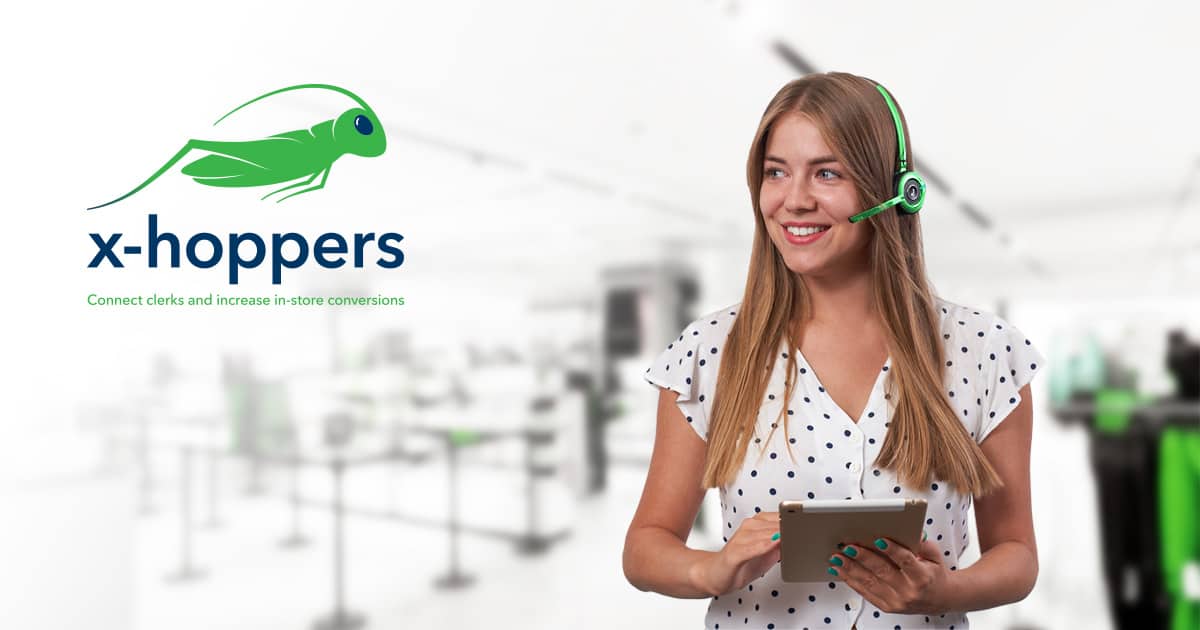Shoplifting is a growing problem in Germany, causing significant losses for retailers. According to the 2023 Police Crime Statistics, shoplifting incidents in Germany have increased by nearly a quarter, reaching 426,096 cases, a 23.6% rise from the 344,669 cases reported in 2022. A recent study by the EHI Retail Institute shows that theft-related losses in retail amount to a staggering €4.1 billion, a 15% increase from €3.73 billion in 2022. Additionally, many shoplifting cases go unreported. EHI estimates that around 24 million thefts, each worth approximately €117, go unnoticed annually, equating to about 100,000 thefts per day.
Given these alarming figures, the retail industry has long sought effective measures to curb the disappearance of goods. Common strategies include anti-theft devices, surveillance cameras, and trained security personnel. Retail staff are also tasked with being vigilant and intervening when they observe suspicious behavior. However, balancing this with their primary duties—advising customers, restocking shelves, handling orders and deliveries, and operating the cash register—leaves little time to monitor potential thieves.
This is where Artificial Intelligence (AI) can offer a solution. The Estonian company Wildix has developed a product tailored to the challenges of retail: a combination of a wireless headset system and cloud software known as x-hoppers. This intelligent, AI-driven solution can be integrated with in-store surveillance cameras to detect theft. “Our AI analyzes video data for specific movement patterns,” says Sylvia Hölzl, Chief Marketing Officer for x-hoppers. “When the AI detects a potential theft, the system sends a real-time alert to the staff’s headsets, notifying them of suspicious behavior.”

AI sends video clips to smartphones
These alerts include the location of the incident, allowing staff to decide whether to intervene directly or issue a verbal warning over the store’s loudspeaker system. In addition, the staff receives a video clip of the suspicious movement on the x-hoppers app on their smartphones. “This is important to avoid wrongly accusing customers,” Hölzl explains.
The system continuously learns and improves. For example, if it mistakenly flags a movement as suspicious—such as a customer taking an item out of a bag instead of putting one in—the AI can be retrained and won’t trigger an alert for the same action next time. Hölzl estimates that the system can prevent up to 60% of shoplifting incidents. Moreover, “the AI can also be trained to recognize queues on the sales floor or detect when a customer stumbles,” adds Hölzl. In such cases, the system sends an alert to the staff to assist.
Swedish company Axis Communications, a provider of network-based video and audio solutions for retail, is also tackling shoplifting. Axis has developed a specialized software platform around its video cameras, allowing theft prevention applications developed by Axis partners to be directly installed on the cameras and operated locally. “Our cameras essentially provide the video data stream that our partners then use and analyze,” says Thorsten Grimm, Key Account Manager and retail expert at Axis in Munich.
AI monitors self-checkout counters
Salzburg-based company Checklens has developed an AI-based solution that identifies when a shopper removes a product from the shelf. The software assigns the product to the respective shopper and compares it at checkout with the items scanned in the shopping cart. If an item is missing, store staff are alerted to prevent potential theft. Checklens’ AI video analysis software, Checkscan, is used at self-checkout counters to minimize losses. The Axis cameras installed above the checkouts capture every scanned or unscanned product. The AI detects and corrects all types of scanning errors, such as unscanned items or hidden barcodes.
Belgian company I-Retail Check, based in Wijnegem, east of Antwerp, has developed AI-based video analysis software that detects when customers attempt to leave the store with a full shopping cart without paying. The Axis cameras monitor the checkout areas and store entrances and exits. If the software detects suspicious behavior, it flags the incident and prompts the customer to return to the checkout via an audio message. Simultaneously, the staff is alerted to intervene.
So far, these systems have mainly been used in English-speaking markets, particularly in the UK and the US, with initial tests being conducted in the rest of Europe. “German retail customers are a bit more conservative,” says x-hoppers Chief Marketing Officer Sylvia Hölzl, “but the local market is starting to evolve.”
This development could accelerate rapidly if the story of Fiona Malone, owner of the Tenby Stores in the town of the same name in southwest Wales, gains traction. Last year, Malone introduced the AI-based x-hoppers headset system and 29 cameras. The results are impressive: “Before installing the AI, we lost around £26,000 annually to shoplifting,” Malone says, according to a British newspaper report. “Now, we lose only about half of that amount—it’s a huge relief.”









